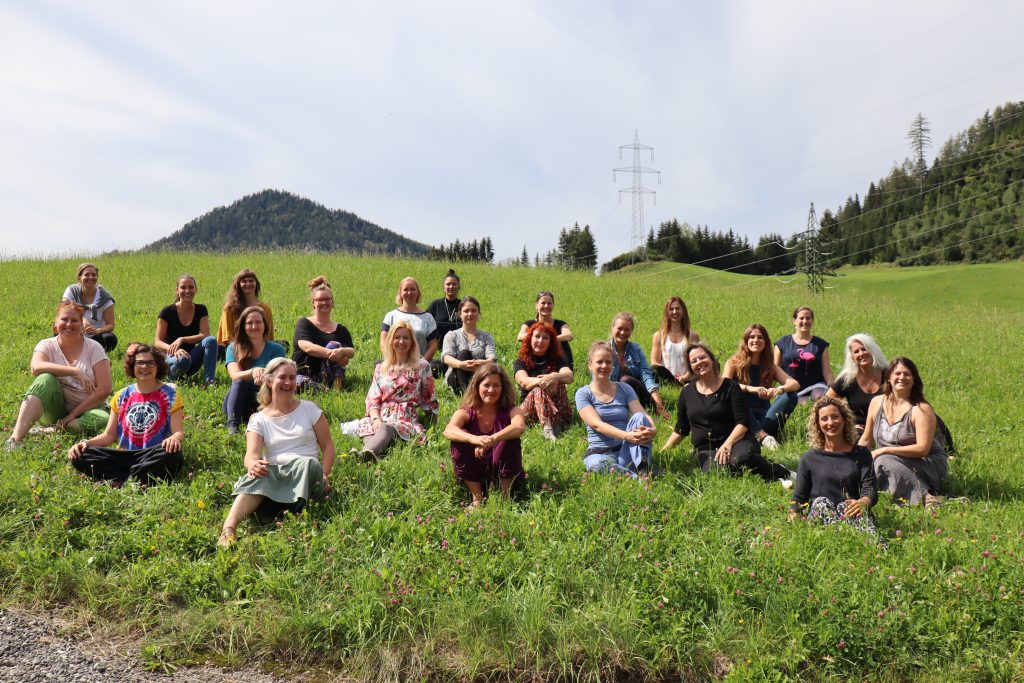
Well, After 38 hours of labor, our 5th posterior baby within two weeks, was born OP.
Starting at home was useful. Progress began to improve following ten abdominal lifts done while maintaining a pelvic tuck (flattening the lower back). Still, labor was so gradual and back pain returned. When homeopathics, herbs, water tub, and even intradermal water injections don’t work as anticipated, a woman just might decide to go where the narcotics are.
This mama did decide to transport to the hospital for an epidural, and subsequent Pitocin. These interventions are seen, in our homebirth culture, as meddlesome when used routinely but can be useful tools. After a couple nights of closely spaced contractions, persistent back pain and no sleep, narcotics may move over from the no list to the gotta-have-that list.
Arriving in the hospital at 6 cm, the baby was already low in the pelvis. The chin was nicely tucked. I said posterior, but I’m not sure I can say “persistent posterior.” The forehead came posterior, the face began to turn as soon as emerging, the chin started to come anterior and once the head was out the baby faced the mother’s right thigh. Then, as the shoulders began to come the baby suddenly turned her face directly OP again. Should we coin a phrase, “mobile posterior?”
I have a video of a nice big boy making these very same rotational moves. His story is at Spinning Babies, The Long Labor That Wasn’t. Only this labor was long. Contractions were 3-4 minutes within three hours of the water breaking (first sign of labor) and were not often much further apart so rest was hard to come by.
The Pulsatilla had no noticible effect. Either that or my observational skills are lacking. The baby was already deep in the pelvis, most likely in an OP position. I think the Pulsatilla didn’t make a dramatic effect, as it certainly did with the preceding four, perhaps because the head was so low when it was given. Pusatilla’s softening effect of the lower uterine segment may have allowed the baby to descend in this position, but the Pitocin would also help descent.
Posterior babies who stay posterior through to “time of delivery” have a bit less than 50% chance at a vaginal birth, by literature reports (Lieberman and others). I think our homebirth families have a better statistic than that due to freedom of movement, eating in labor and, so often, excellent partner support. Her partner’s willingness to go on with a positive attitude is tremendously vital.
We so appreciate the nurses and doctor willing to abide with this family who needed their help but was also determined to maintain many of their values and choices within the institutional setting. As for the Pulsatilla, 4 out of 5 isn’t bad, and those first 4 were particularly dramatic.
What a gift to see this little girl nursing vigorously with her mama and her mama and papa’s tears of joy.



